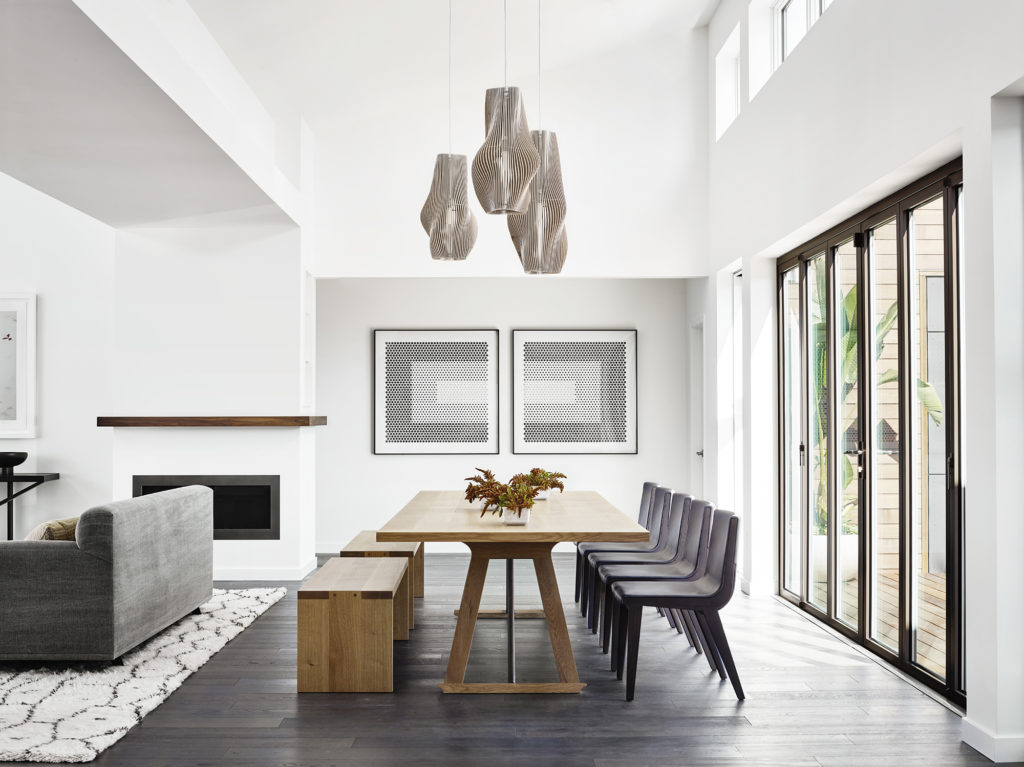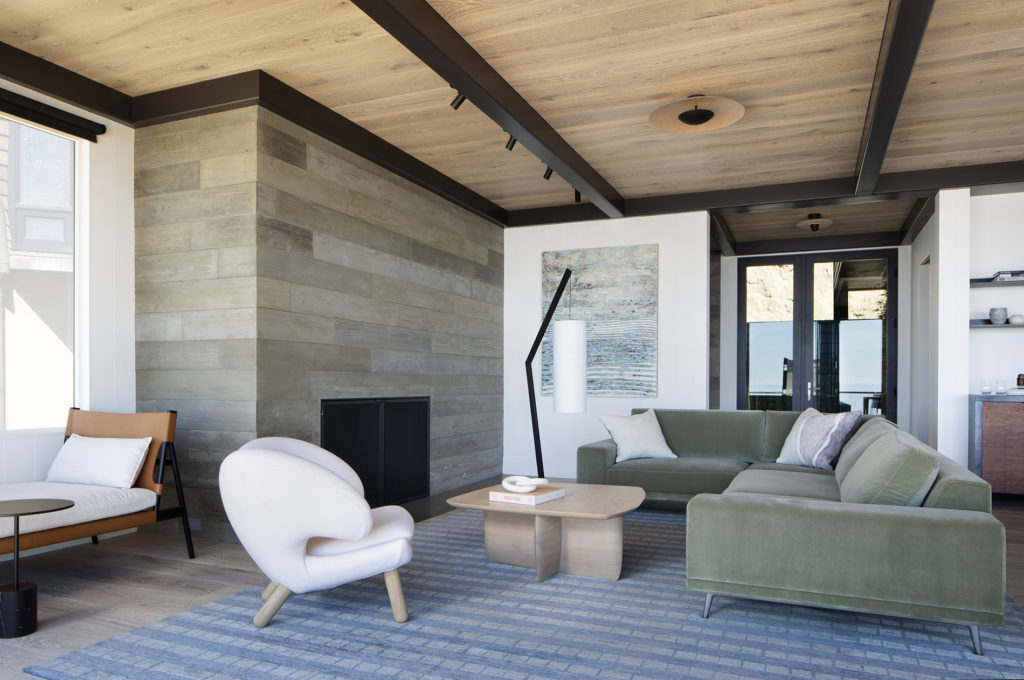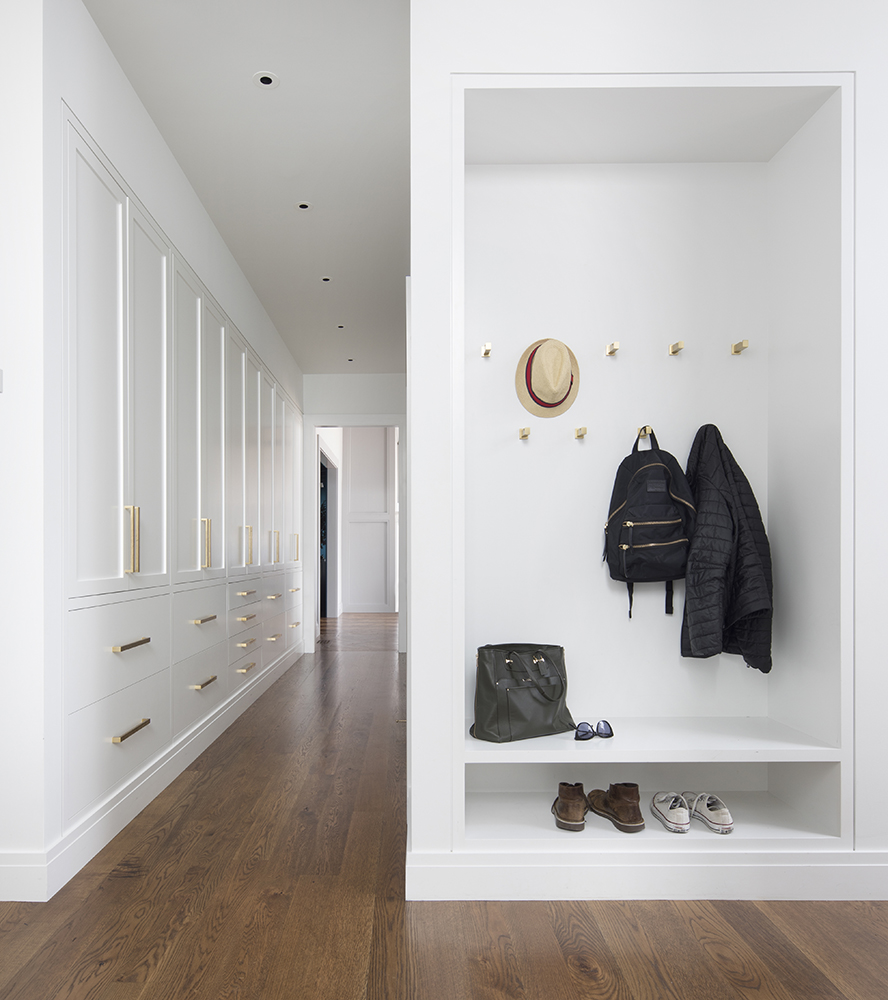Tips from a Sustainable San Francisco Interior Designer
What does eco-friendly or sustainable interior design mean and why is it important? Green or eco-friendly interior design focuses on improving indoor air quality as well as reducing the impact that furniture purchases have on the environment. The Environmental Protection Agency estimates that most Americans spend approximately 90% of their time indoors, where the concentrations of some pollutants are often two to five times higher than typical outdoor concentrations. It’s crucial that we pay close attention to the products that we bring into our homes. Paint, cabinets, rugs, and upholstery all have a big impact on indoor air quality.

Sustainable Interior Design in the San Francisco Bay Area
As a San Francisco interior designer, my introduction to sustainable design started with a “Build it Green” industry course in San Francisco 15 years ago, when I was just starting my residential San Francisco interior design firm, Niche Interiors. The term “green design” wasn’t really a thing yet. I was thrilled to be able to combine my interior design skills and my passion for conservation and have since gone on to become a LEED Accredited Professional with USGBC and an industry advocate for sustainable design. I’m honored to serve as an Ambassador to the Sustainable Furnishings Council and a Founding Member of the Good Future Design Alliance (GFDA) – a community of San Francisco Bay Area design and build professionals dedicated to reducing our total waste by 50% in the next 5 years. My sustainable, healthy design tips have been featured in Architectural Digest, Bon Appetit, and Luxe Magazine and our California interior design projects have been featured in National and local publications including Elle Décor and The Wall Street Journal. Proof that sustainable design can be earth-friendly and beautiful!
After being interviewed countless times about tips for designing a sustainable, non-toxic home, I decided it was time to share more in-depth knowledge to help others on their journey towards healthier homes. I will focus on small and big changes you can implement in your own home to improve indoor air quality and make sustainable, eco-conscious purchases that have the least impact on our environment, conserving resources and reducing our carbon footprint.

It’s common to feel overwhelmed when first learning about non-toxic design, feeling like you don’t know where to start. Don’t let perfection be the killer of progress. Start by tackling the low hanging fruit – the easiest things that you can change today, such as swapping your conventional cleaning products for plant based alternatives, taking your shoes off at the front door or swapping the light bulbs in your house to energy saving LED.
I will focus on the biggest indoor air polluting culprits with suggestions on how to shop smarter and become a more informed sustainable consumer. Even if you just implement a few key changes, you will be well on your way to living more sustainably and creating a healthier home for yourself and your family. Let’s kick it off by tackling the entryway!
Foyers + Entryways
Eliminate chemicals and bacteria that hitch a ride into your home by removing shoes at the door. Nasty chemicals, bacteria, pesticides, feces and allergens can live on your shoes for days or even weeks. A large percentage of the dirt that we bring into our homes enters via our shoes and pets paws. This fact is especially important to consider for families with toddler or babies, who spend a lot of time with their faces near the floor! I’m not going to promise this change will be an easy one (we still have to remind family to remove their shoes) but once you make the switch you will never go back! It’s also much easier to implement this change when your kids are young and the habit becomes engrained in their daily routine.

If you are having trouble making the leap to a completely shoe free home, one way to reduce the amount of chemicals tracked in on shoes is to place doormats outside and inside your front door. The purpose of these mats is to capture and hold any remaining particles or moisture from the bottom of your shoes. This is a great solution for mudrooms or garage entries where a utilitarian mat is less of an eyesore. For formal entryways consider a durable, low pile rug that is easy to clean.
Tips for keeping your entryway germ-free and clutter-free
• Design your entryway with a place to take off shoes – preferably a bench, ottoman or small stool.
• Find somewhere to hide and/or organize your families shoes.
• Find shoe organizers to add inside a closed cabinet or console table
• Add a decorative basket to hold just the shoes that your family uses most often
• Add a shoe rack to the floor of a coat closet
• Keep a stash of guest slippers near the door
Stay tuned for our next post on how to keep harmful flame retardant chemicals out of your home!
